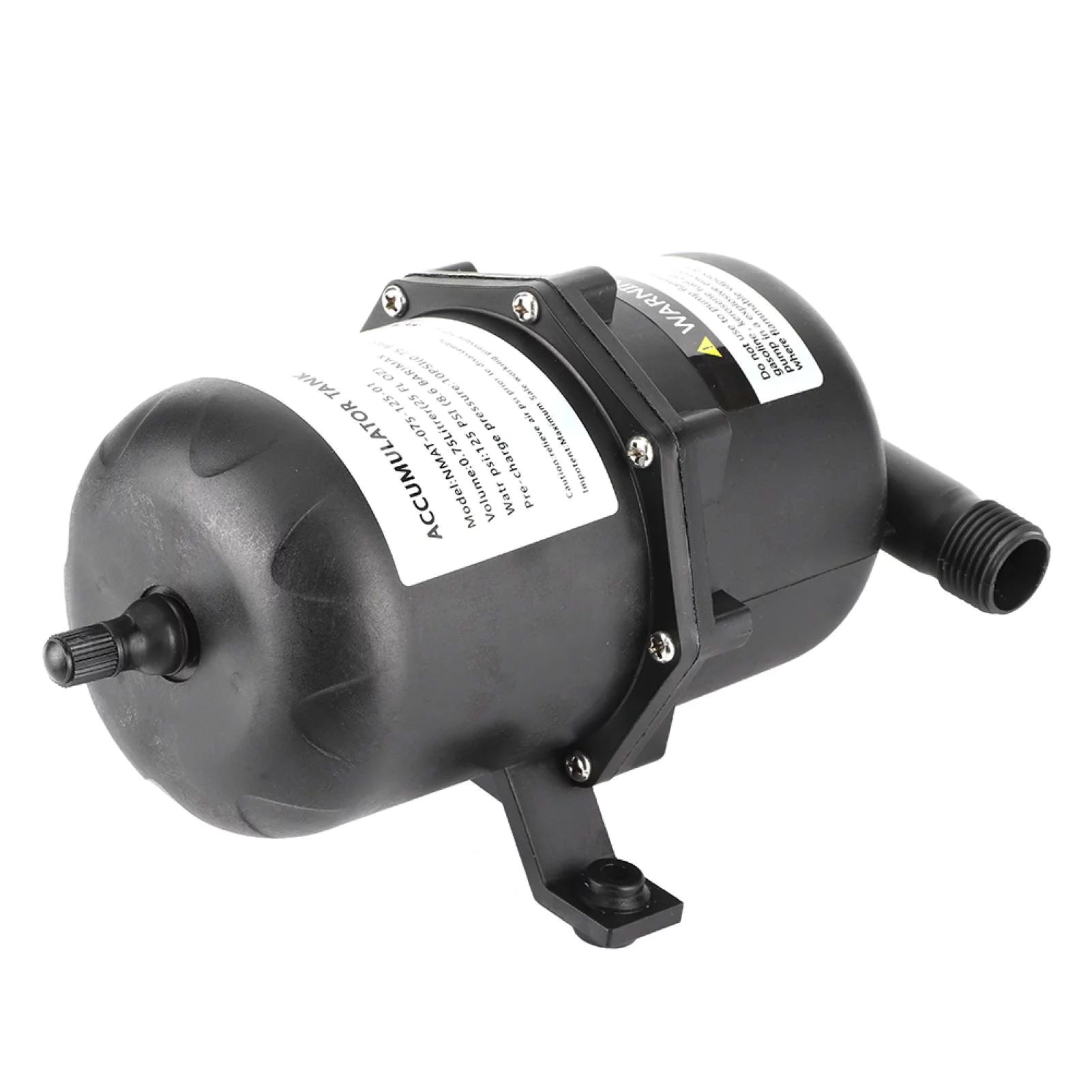

Articles
How To Reduce Water Pump Flow
Modified: August 31, 2024
Learn effective ways to reduce water pump flow in this informative article. Find expert tips and techniques to optimize water usage and save on costs.
(Many of the links in this article redirect to a specific reviewed product. Your purchase of these products through affiliate links helps to generate commission for Storables.com, at no extra cost. Learn more)
Introduction
Water pumps play a crucial role in many different industries and applications, from supplying water to buildings and irrigation systems to powering machinery and equipment. However, in some cases, the high flow rate of a water pump may not be ideal or necessary. There are various reasons why you may need to reduce the flow rate of a water pump, such as conserving water, preventing excessive pressure, or optimizing the efficiency of a system.
In this article, we will explore the concept of water pump flow and why it is sometimes necessary to reduce it. We will also discuss different methods that can be employed to achieve this goal, providing you with the knowledge to make informed decisions about which approach is best suited for your specific needs.
Before we delve into the details, it’s important to understand what water pump flow refers to. The flow rate of a water pump, also known as the volume flow rate, is the amount of water that passes through the pump per unit of time. It is typically measured in gallons per minute (GPM) or liters per minute (LPM).
When a water pump operates at a high flow rate, it can consume more energy and require larger pipes and valves to handle the increased volume of water. This can lead to higher operating costs, increased maintenance requirements, and potentially reduced system performance. By reducing the pump flow rate, you can save energy, prolong the lifespan of your equipment, and optimize the efficiency of your system.
There are several reasons why you may want to reduce the flow rate of a water pump. One common reason is to conserve water in applications such as agriculture or irrigation, where excessive water usage can be wasteful and harmful to the environment. Additionally, in certain industrial processes, reducing the flow rate can help maintain precise control over the system and prevent damage or inefficiencies caused by excessive pressure.
Now that we understand the concept of water pump flow and the reasons for reducing it, let’s explore some of the methods that can be used to achieve this goal. Each method is tailored to specific situations, so it’s important to consider your unique requirements and consult with professionals to determine the most suitable approach.
Key Takeaways:
- By adjusting pump speed, installing control valves, using VFDs, reducing pipe size, or installing pressure regulators, you can effectively reduce water pump flow, leading to energy savings, improved efficiency, and system optimization.
- Methods such as adjusting pump speed and using VFDs offer precise flow control, energy efficiency, and extended equipment life, while reducing pipe size and installing pressure regulators provide better flow control, energy savings, and system stability.
Read more: How To Slow Water Flow On Showerhead
Understanding Water Pump Flow
Before we dive into the methods of reducing water pump flow, let’s take a closer look at how water pump flow works and the factors that affect it.
Water pump flow refers to the volume of water that a pump can move through a system in a given period of time. It is commonly measured in gallons per minute (GPM) or liters per minute (LPM) and is determined by a combination of factors including the pump’s horsepower, impeller size, and system resistance.
The horsepower of a pump defines its power output and directly affects its flow rate. Generally, higher horsepower pumps have larger flow rates, allowing them to move more water per minute. However, it’s important to note that increasing the horsepower alone does not guarantee a higher flow rate. Other factors, such as system resistance and impeller design, play a crucial role in determining the flow rate.
The impeller is the rotating component of the pump that is responsible for creating the flow. Different impeller designs can have varying effects on the pump’s flow rate. For example, a pump equipped with a larger impeller may create a higher flow rate than a pump with a smaller impeller, assuming all other factors remain constant.
Another critical factor that affects water pump flow is the system resistance. System resistance refers to the pressure and friction losses that occur as water flows through pipes, valves, and other components of the system. The higher the resistance, the lower the flow rate. Therefore, it is essential to consider the system resistance when evaluating and adjusting the pump flow rate.
It’s important to note that pump flow rate is not a constant value. Depending on the system requirements and operating conditions, the flow rate may need to be adjusted. For instance, in some applications where precision control is necessary, maintaining a steady and specific flow rate is vital.
Now that we have a better understanding of water pump flow and the factors that influence it, we can explore different methods to reduce the flow rate of a water pump. By implementing these methods, you can effectively control the flow of water in your system, optimize performance, and achieve your specific goals.
Reasons for Reducing Water Pump Flow
Reducing the flow rate of a water pump can be necessary for various reasons, depending on the specific needs and requirements of your system. Let’s explore some of the common reasons why you might consider reducing the water pump flow:
1. Water Conservation: One of the most significant reasons for reducing water pump flow is to conserve water. In applications such as agriculture, landscaping, or irrigation, excessive water usage can lead to waste and harm the environment. By reducing the flow rate, you can ensure that water is used efficiently and only in the necessary quantities.
2. System Optimization: In some cases, a higher flow rate may not be optimal for the overall efficiency and performance of a system. By reducing the flow rate, you can achieve better control and balance within the system, optimizing its operation and minimizing energy consumption. This is particularly important in industrial processes where precise control is critical to maintain product quality or prevent system damage.
3. Preventing Excessive Pressure: High flow rates can sometimes lead to excessive pressure within a system, which can cause damage to equipment, pipes, or other components. By reducing the flow rate, you can ensure that the pressure remains within safe limits, preventing leaks, bursts, or other potential system failures.
4. Adjusting to Changing Demand: Water demand in a system can vary based on factors such as time of day, season, or usage patterns. By reducing the flow rate, you can adapt to changing demand levels and avoid overloading the system during peak usage periods. This can help maintain stable and efficient operation without compromising performance.
5. Cost Savings: Reducing the flow rate of a water pump can result in cost savings. A lower flow rate corresponds to reduced energy consumption, which can lead to lower utility bills. Additionally, by optimizing system operation and reducing wear and tear on equipment, you can also save on maintenance and repair costs in the long run.
Overall, the reasons for reducing water pump flow vary depending on the specific application and system requirements. By understanding these reasons and implementing the appropriate methods, you can effectively control and manage the flow of water in your system, ensuring efficient operation, resource conservation, and long-term cost savings.
Methods to Reduce Water Pump Flow
There are various methods available to reduce the flow rate of a water pump. The specific method or combination of methods used will depend on the requirements of your system and the desired level of flow reduction. Let’s explore some of the most common methods:
1. Adjusting Pump Speed: One way to reduce the flow rate is by adjusting the speed of the water pump. This can be achieved by using a variable speed drive or adjusting the motor speed manually. By reducing the pump’s rotational speed, the flow rate can be decreased accordingly. However, it’s important to consider the pump’s performance curves and ensure that reducing the speed does not affect its efficiency or cause operational issues.
2. Installing Control Valves: Control valves, such as throttling valves or flow control valves, can be installed in the system to regulate water flow. By partially closing the valves, the flow rate can be reduced. However, it’s crucial to ensure that the valves are sized correctly and compatible with the system’s requirements to maintain proper flow control and prevent excessive pressure drop.
3. Using Variable Frequency Drives (VFDs): Variable frequency drives are electronic devices that can control the rotational speed of a pump motor. By adjusting the frequency of the electrical supply to the motor, VFDs can effectively reduce the pump’s speed and, consequently, the flow rate. VFDs offer precise control over the flow rate, allowing for optimal system performance and energy efficiency.
4. Reducing Pipe Size: Another method to reduce water pump flow is by using smaller pipe sizes in the system. By decreasing the pipe diameter, the flow rate is naturally restricted, resulting in a lower flow rate. However, it’s crucial to ensure that the reduced pipe size does not cause excessive pressure drop or hinder system performance.
5. Installing Pressure Regulators: Pressure regulators can be installed at strategic points in the system to control the pressure and, subsequently, the flow rate. These devices automatically adjust the pressure to a desired set-point, effectively reducing the flow rate. Pressure regulators are often used in applications where maintaining a constant and controlled flow rate is crucial, such as in irrigation systems or industrial processes.
It’s important to note that these methods can be used individually or in combination, depending on the specific requirements of your system. It’s recommended to consult with professionals experienced in pump systems to determine the most appropriate method or combination of methods for your application.
By employing these methods to reduce water pump flow, you can achieve better control, optimize system performance, conserve water, and save on energy and maintenance costs. Remember to regularly monitor and assess your system’s performance to ensure that the flow rate remains at an optimal level for your specific needs.
Adjusting Pump Speed
Adjusting the speed of the water pump is one of the effective methods to reduce the flow rate. By altering the rotational speed of the pump, you can control the amount of water being pumped and achieve the desired flow rate. There are several ways to adjust the pump speed:
Variable Speed Drive (VSD): Using a variable speed drive is a common method to control pump speed. A VSD is an electronic device that modulates power to the pump motor, thereby adjusting its speed. By reducing the motor’s speed, the pump rotates at a slower rate, resulting in a lower flow rate. VSDs offer precise control over the pump’s speed, allowing you to achieve the desired flow rate while optimizing energy efficiency.
Manual Adjustment: In some cases, manually adjusting the pump speed is a viable option. This can be done by changing the motor’s pulley arrangement or adjusting the sheave size. However, manual adjustments may not offer the same level of control and precision as a VSD. It’s essential to ensure that the speed adjustment is within the pump’s operational range and does not negatively impact its efficiency or performance.
When adjusting the pump speed, it’s crucial to consider the pump’s performance curves and the effect on its overall efficiency. Every pump has a manufacturer-specified performance curve that indicates its flow rate at different speeds and pressure levels. It’s essential to stay within the recommended operating range to maintain optimal performance.
Adjusting the pump speed offers several benefits, including:
- Flow Control: By reducing the pump speed, you can precisely control the flow rate, allowing you to match it with the specific requirements of your system.
- Energy Savings: Lowering the pump speed leads to reduced energy consumption. As the pump rotates at a slower rate, it requires less power to operate, resulting in energy savings.
- Noise Reduction: High-speed pumps can generate excessive noise. By adjusting the speed to a lower level, you can decrease noise levels, creating a more comfortable and quieter working environment.
- Extended Equipment Life: Lower pump speeds result in reduced wear and tear on the pump and its components. This can extend the lifespan of the equipment, reducing maintenance and replacement costs.
However, it’s important to note that adjusting the pump speed may not be suitable for all types of pumps. Some pumps, such as centrifugal pumps, may experience issues like cavitation or reduced efficiency at lower speeds. It’s recommended to consult with pump experts or manufacturers to determine the compatibility and limitations of adjusting the speed for your specific pump model.
Overall, adjusting the pump speed is an effective method to control water flow by reducing the flow rate. It offers benefits such as flow control, energy savings, noise reduction, and extended equipment life. Consider the suitability and limitations of this method for your pump system, and consult with experts to ensure optimal performance and efficiency.
Consider installing a flow restrictor on the water pump outlet to reduce the flow. This can help conserve water and reduce energy usage.
Read more: How To Lubricate A Water Pump
Installing Control Valves
Installing control valves in the water pump system is another effective method to reduce the flow rate. Control valves allow you to regulate the flow of water by adjusting the valve opening or closing. Here are a few key points to consider when installing control valves:
Throttling Valves: Throttling valves, also known as flow control valves, are commonly used to regulate water flow. These valves have a flexible mechanism that allows you to adjust the opening, thereby controlling the flow rate. By partially closing the valve, you can restrict the amount of water passing through, leading to a lower flow rate. Throttling valves offer relatively simple and cost-effective flow control for various applications.
Control Valve Sizing: It is essential to properly size the control valves to ensure effective flow control. The valve size should be selected based on the flow rate requirements and the pressure drop across the valve. Undersized valves can cause high pressure drop and restrict flow, while oversized valves may not provide precise control. Consulting with experts or referring to valve sizing charts is recommended to select the appropriate valve size for your specific application.
Pressure Drop Considerations: When installing control valves, it’s crucial to evaluate the potential pressure drop caused by the valve. Pressure drop refers to the reduction in pressure when water flows through the valve. Excessive pressure drop can negatively impact system performance and result in energy losses. Therefore, selecting control valves with low pressure drop characteristics or employing pressure compensation techniques can help minimize the impact on the overall system.
Installing control valves offers several advantages when it comes to reducing water pump flow:
- Precise Flow Control: Control valves provide a fine level of control over water flow. By adjusting the valve opening, you can precisely tune the flow rate to meet your specific requirements.
- Flexibility: Control valves allow for easy adjustments, providing flexibility to adapt to changing system demands or operational conditions.
- Enhanced System Performance: By regulating the flow rate, control valves can help optimize the performance of the system, ensuring efficient operation and minimizing energy wastage.
- System Protection: Control valves can help protect the system from damage caused by excessive flow rates or pressure. By limiting the flow rate, you can prevent potential equipment failure or pipeline damage.
Control valves can be installed at strategic points in the system, such as downstream of the water pump or at specific equipment or branch lines, depending on the desired flow control requirements. It’s important to consider the system design, pipe sizing, and the characteristics of the valves to ensure proper functioning and flow control.
Overall, installing control valves is an effective method to reduce water pump flow by regulating the flow rate. It offers precise control, system flexibility, enhanced performance, and protection against damage. Consult with experts to determine the best control valve type and configuration for your specific application, keeping in mind the flow requirements and system characteristics.
Using Variable Frequency Drives
Using Variable Frequency Drives (VFDs) is a highly efficient method to reduce water pump flow. VFDs enable you to control the speed of the pump motor by varying the frequency of the electrical power supplied to the motor. This, in turn, adjusts the rotational speed of the pump, allowing for precise flow control. Here’s what you need to know about using VFDs:
How VFDs Work: A VFD converts the incoming AC power to DC and then back to AC with variable frequency and voltage. By adjusting the frequency and voltage, the rotational speed of the pump motor can be controlled. The speed control achieved through VFDs allows for precise adjustment of the flow rate according to the requirements of the system.
Precise Flow Control: VFDs offer precise control over the flow rate. The speed of the pump motor can be adjusted to match the desired flow rate, providing accurate and consistent control. This is especially useful in applications where maintaining a specific flow rate is crucial, such as in industrial processes or HVAC systems.
Energy Efficiency: Using VFDs to control pump speed can result in significant energy savings. Since the pump motor operates at a lower speed, it consumes less power, leading to reduced energy consumption. VFDs are particularly effective in applications with varying flow requirements, as they allow the pump to operate at optimal speeds based on demand, avoiding unnecessary energy wastage.
Soft Starting and Reduced Wear: VFDs provide soft starting and stopping of the pump motor. The soft start feature gradually ramping up the motor speed, reducing mechanical stress on the pump and associated equipment. Similarly, the soft stop feature brings the motor to a gradual stop, minimizing sudden pressure surges and reducing wear on the system components.
Optimized System Performance: By using VFDs, you can achieve optimal system performance. The ability to adjust the pump speed based on demand ensures that the system operates efficiently, delivering the required flow rate while avoiding energy inefficiencies associated with constant-speed pumps. This can lead to improved system performance, reduced maintenance costs, and increased equipment lifespan.
When considering the use of VFDs, it’s important to assess the compatibility with your specific pump system. Factors such as motor type, motor size, and motor control capabilities should be taken into account. Consulting with experts or manufacturers is recommended to ensure proper installation and operation.
Using VFDs offers a range of benefits, including precise flow control, energy efficiency, soft starting and stopping, and optimized system performance. These drives are especially advantageous in applications where varying flow rates are required or where energy savings are a priority. When properly implemented, VFDs can provide efficient and reliable control over water pump flow.
Reducing Pipe Size
Another effective method to reduce water pump flow is by reducing the pipe size in the system. This method involves replacing or downsizing the pipes with smaller diameter pipes to restrict the flow rate. Here’s what you need to know about reducing pipe size:
Pipe Sizing Considerations: When reducing pipe size, it’s important to carefully evaluate the system requirements and consider factors such as flow rate, pressure drop, and velocity. Pipe sizing charts and calculations can be used to determine the appropriate pipe size based on the desired flow rate and system specifications.
Flow Rate Restriction: Reducing the pipe size restricts the flow area, which effectively reduces the flow rate. As water passes through a smaller diameter pipe, it encounters more frictional resistance, leading to a decrease in flow rate. It’s important to ensure that the reduced pipe size does not cause excessive pressure drop or hinder system performance.
Pressure Considerations: When reducing the pipe size, it’s crucial to consider the impact on the pressure within the system. The narrower pipe diameter can result in a higher pressure due to increased frictional losses. It’s important to ensure that the pressure does not exceed the system’s safety limits and that the downstream components can handle the increased pressure if necessary.
Efficiency and Energy Savings: Reducing pipe size can improve the efficiency of the system by reducing energy losses. Smaller pipes have lower frictional losses, which means less energy is wasted in overcoming friction and maintaining flow. The decreased flow rate can also contribute to energy savings, as the pump works at a lower capacity and consumes less power.
Pipe Size Transition: When implementing a pipe size reduction, it’s important to carefully design the transition points between the larger and smaller pipes. Gradual transitions, such as tapering or using reducer fittings, can help minimize pressure losses and turbulence that can negatively affect system performance.
System Compatibility: It’s crucial to consider the compatibility of the reduced pipe size with the rest of the system components, such as valves, pumps, and fittings. Ensure that the reduced pipe size does not place excessive strain on these components and that they can handle the reduced flow rate without causing operational issues.
Reducing pipe size provides several advantages in reducing water pump flow:
- Flow Control: Smaller pipes restrict the flow rate, allowing for better control of the water flow within the system.
- Energy Efficiency: Reduced pipe sizes lead to lower frictional losses, resulting in energy savings and increased system efficiency.
- Optimized System Performance: By matching the pipe size to the desired flow rate, system performance can be optimized, resulting in improved overall operation.
- Cost Savings: Smaller pipes are generally less expensive than larger ones, providing potential cost savings during installation or replacement.
It’s important to note that reducing pipe size should be done carefully and in accordance with the system requirements. Consultation with professionals, such as hydraulic engineers or contractors, is recommended to ensure proper sizing, compatibility, and performance of the system when implementing pipe size reduction.
Overall, reducing pipe size is an effective method to control water pump flow by restricting the flow rate. It offers benefits such as flow control, energy efficiency, optimized system performance, and potential cost savings. Consider all relevant factors and consult with experts to determine the appropriate pipe size reduction for your specific application and system requirements.
Installing Pressure Regulators
Installing pressure regulators is an effective method to reduce water pump flow by controlling and maintaining the pressure within the system. Pressure regulators are devices that automatically adjust the pressure to a predetermined set-point, thereby regulating the flow rate. Here’s what you need to know about installing pressure regulators:
Pressure Regulation: Pressure regulators are designed to control and maintain a specific pressure in the system. By installing a pressure regulator downstream of the pump, you can ensure that the pressure remains within the desired range, consequently reducing the flow rate to match the set pressure.
Working Principle: Pressure regulators operate based on the principle of balance between the upstream pressure and the force applied by a spring or diaphragm within the regulator. When the upstream pressure exceeds the set-point, the regulator opens, allowing excess pressure to escape, and reducing the flow rate to maintain the desired pressure level.
Set-Point Adjustment: Pressure regulators typically allow for adjustment of the set-point, enabling you to fine-tune the desired pressure within the system. Depending on the specific regulator model, adjustments can be made manually or electronically, allowing for flexibility in controlling the flow rate. It’s important to follow manufacturer guidelines when adjusting the set-point to ensure accurate and reliable operation.
Pressure Drop Considerations: When installing pressure regulators, it’s important to consider the potential pressure drop across the regulator. Pressure drop refers to the reduction in pressure as water flows through the device. Excessive pressure drop can lead to performance issues and inadequate flow rates. Choosing a pressure regulator with low pressure drop characteristics or employing pressure compensation techniques can help mitigate this potential issue.
Precise Flow Control: Pressure regulators provide precise control over flow rate by regulating the pressure within the system. They ensure a consistent and stable flow rate, allowing for optimal system performance and preventing possible damage due to excessive pressure or flow rates.
System Protection: Installing pressure regulators helps protect the system from damage caused by excessively high pressures. By reducing the flow rate to match the set pressure, pressure regulators prevent overpressurization, which can lead to leaks, bursts, or equipment failures.
Potential Applications: Pressure regulators are commonly used in various applications, including irrigation systems, water distribution networks, and plumbing systems. They are particularly beneficial in situations where maintaining a specific and stable flow rate is critical for system performance, longevity, and safety.
Installing pressure regulators offers several advantages in reducing water pump flow:
- Precise Flow Control: Pressure regulators ensure a consistent and controlled flow rate, allowing for precise control over the amount of water being pumped.
- System Stability: By maintaining a regulated pressure, pressure regulators promote stable and reliable system operation, preventing flow variations or pressure fluctuations.
- Energy Efficiency: Regulating the flow rate to match the desired pressure helps optimize energy consumption, leading to potential energy savings.
- Equipment Protection: Pressure regulators protect the system components from excessive pressures, reducing the risk of damage or failure.
When installing pressure regulators, it’s important to consider the flow rate requirements, system characteristics, and compatibility. Consultation with experts or manufacturers is recommended to ensure proper selection, installation, and operation of pressure regulators in your specific application.
Overall, installing pressure regulators is a valuable method to control water pump flow by regulating the pressure within the system. It offers benefits such as precise flow control, system stability, energy efficiency, and equipment protection. Choosing the appropriate pressure regulator can help optimize the performance of your system and ensure reliable and efficient operation.
Read more: How To Fix Water Pump
Conclusion
Controlling and reducing water pump flow is essential for various reasons, including water conservation, system optimization, preventing excessive pressure, adjusting to changing demand, and achieving cost savings. By implementing the appropriate methods, you can effectively manage the flow rate in your system, ensuring efficient operation, resource conservation, and long-term cost savings.
In this article, we explored some of the most common methods to reduce water pump flow. By adjusting the pump speed, installing control valves, using variable frequency drives (VFDs), reducing pipe size, or installing pressure regulators, you can achieve desired flow rate control and optimize system performance.
Adjusting the pump speed offers precise control over the flow rate, resulting in energy savings, improved efficiency, and extended equipment life. Installing control valves provides flexibility, precise flow control, and enhanced system performance. Using VFDs allows for precise flow control, energy efficiency, soft starting and stopping, and optimized system performance. Reducing pipe size restricts the flow rate, leading to better flow control, energy efficiency, and cost savings. Installing pressure regulators ensures precise flow control, system stability, energy efficiency, and equipment protection.
When choosing the method to reduce water pump flow, it’s important to consider the specific requirements of your system, consult with professionals or experts, and ensure compatibility with your equipment and infrastructure. Each method has its advantages and considerations, and selecting the most appropriate method depends on factors such as system design, flow requirements, energy efficiency goals, and budget.
Remember to regularly monitor and assess your system’s performance to ensure that the flow rate remains within the desired range and meets your specific needs. Proper maintenance, periodic inspections, and adjustments can help optimize the performance and longevity of your water pump system.
In conclusion, by understanding the concept of water pump flow, the reasons for reducing it, and the methods available, you are equipped to make informed decisions to control and reduce water pump flow effectively. With careful consideration and implementation of these methods, you can achieve efficient operation, optimize performance, conserve resources, and achieve cost savings in your water pump systems.
Frequently Asked Questions about How To Reduce Water Pump Flow
Was this page helpful?
At Storables.com, we guarantee accurate and reliable information. Our content, validated by Expert Board Contributors, is crafted following stringent Editorial Policies. We're committed to providing you with well-researched, expert-backed insights for all your informational needs.
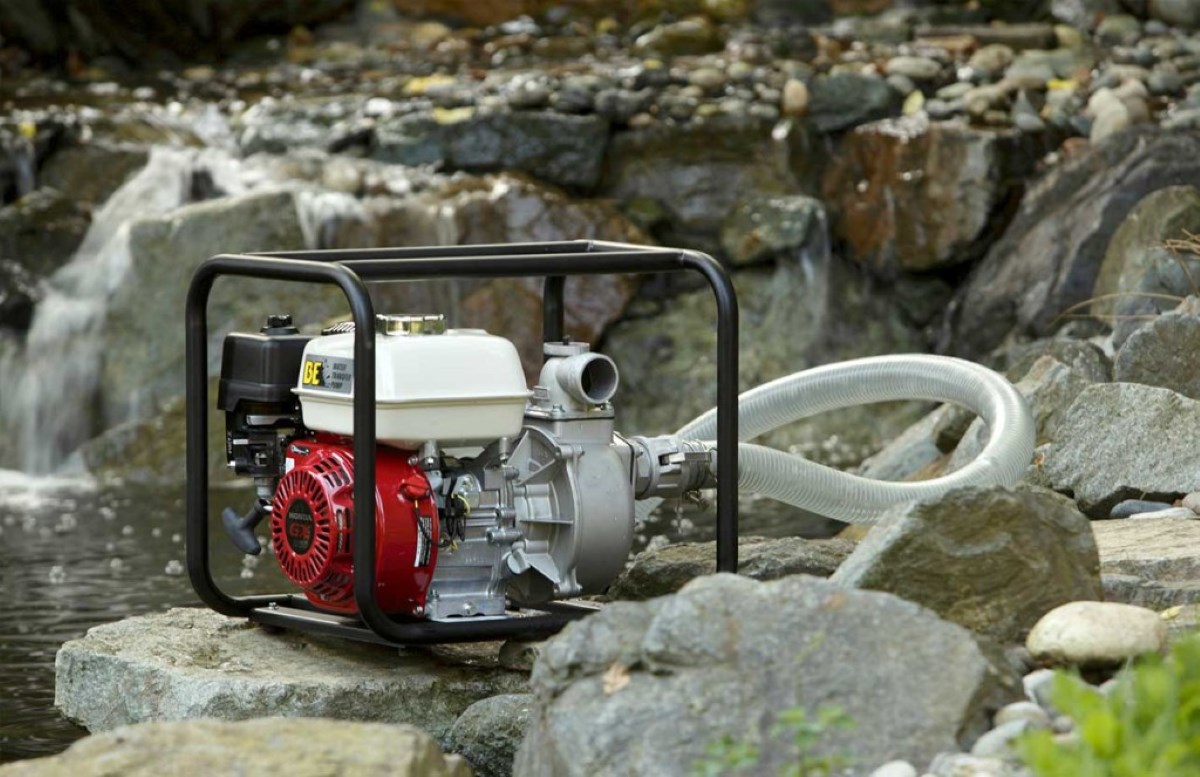
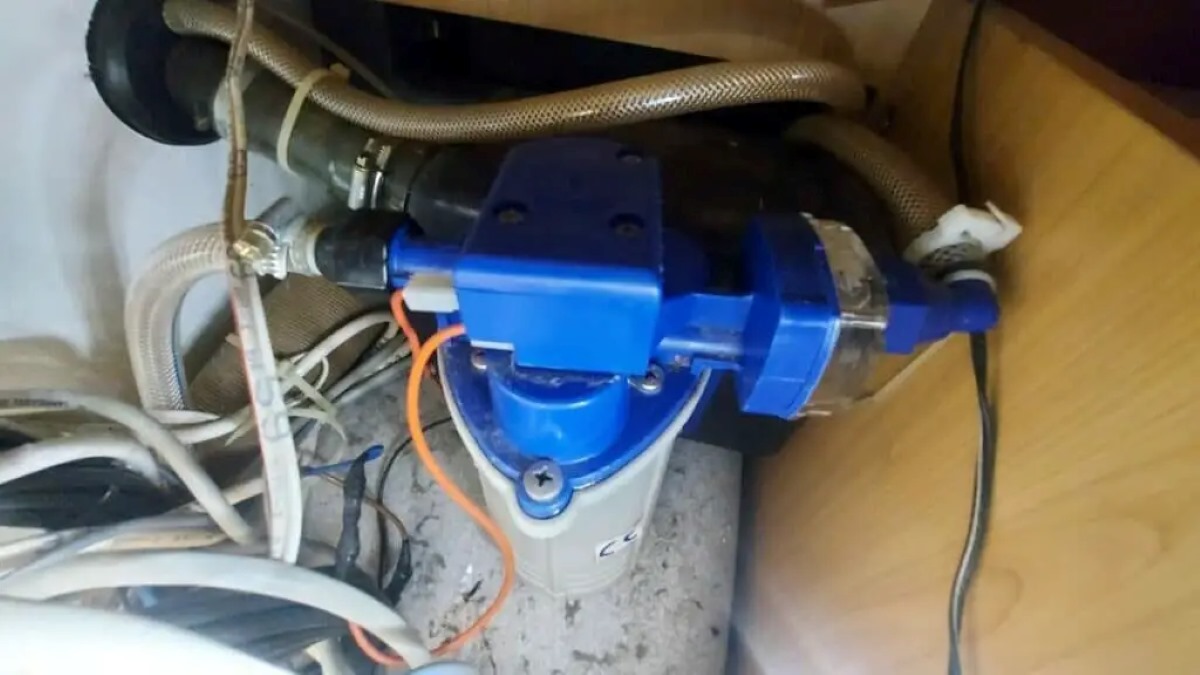
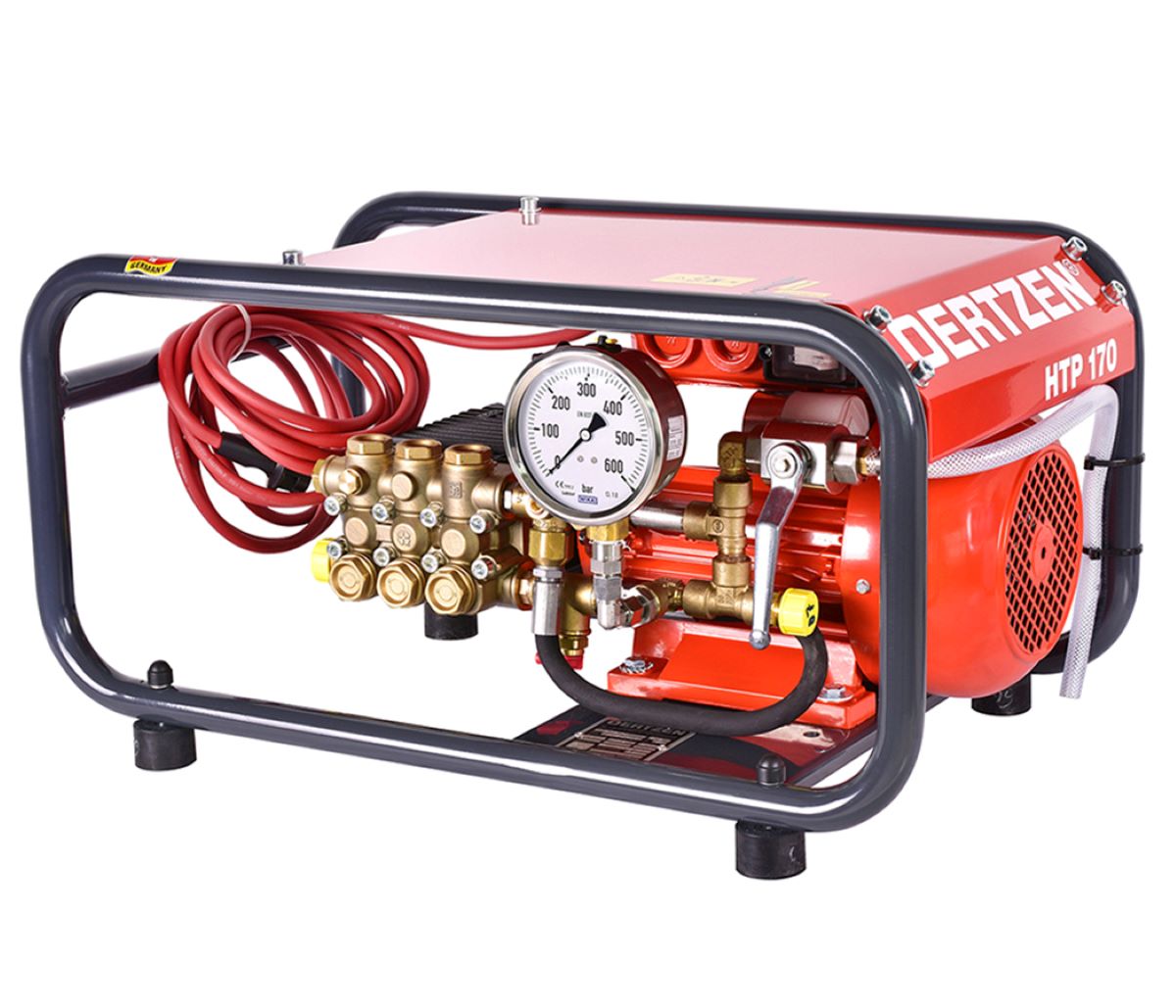
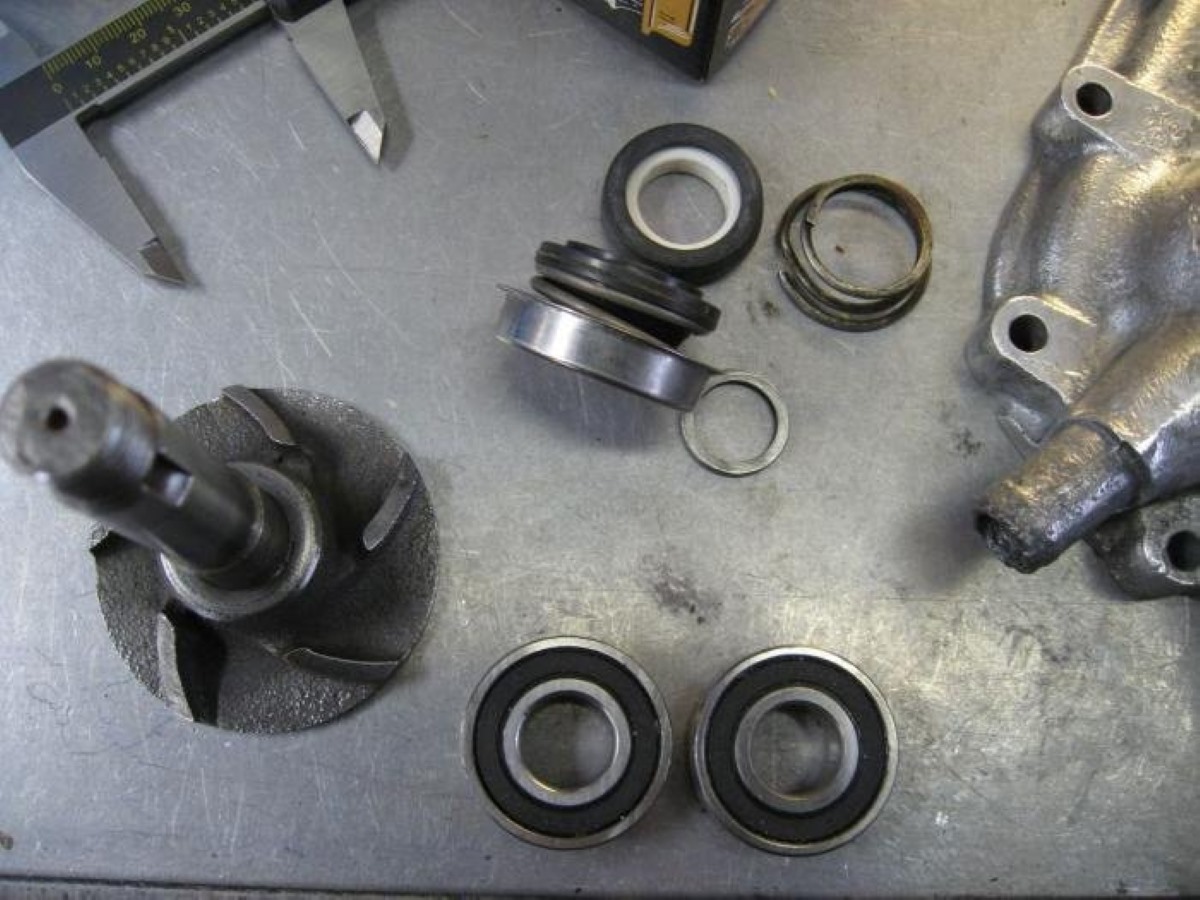
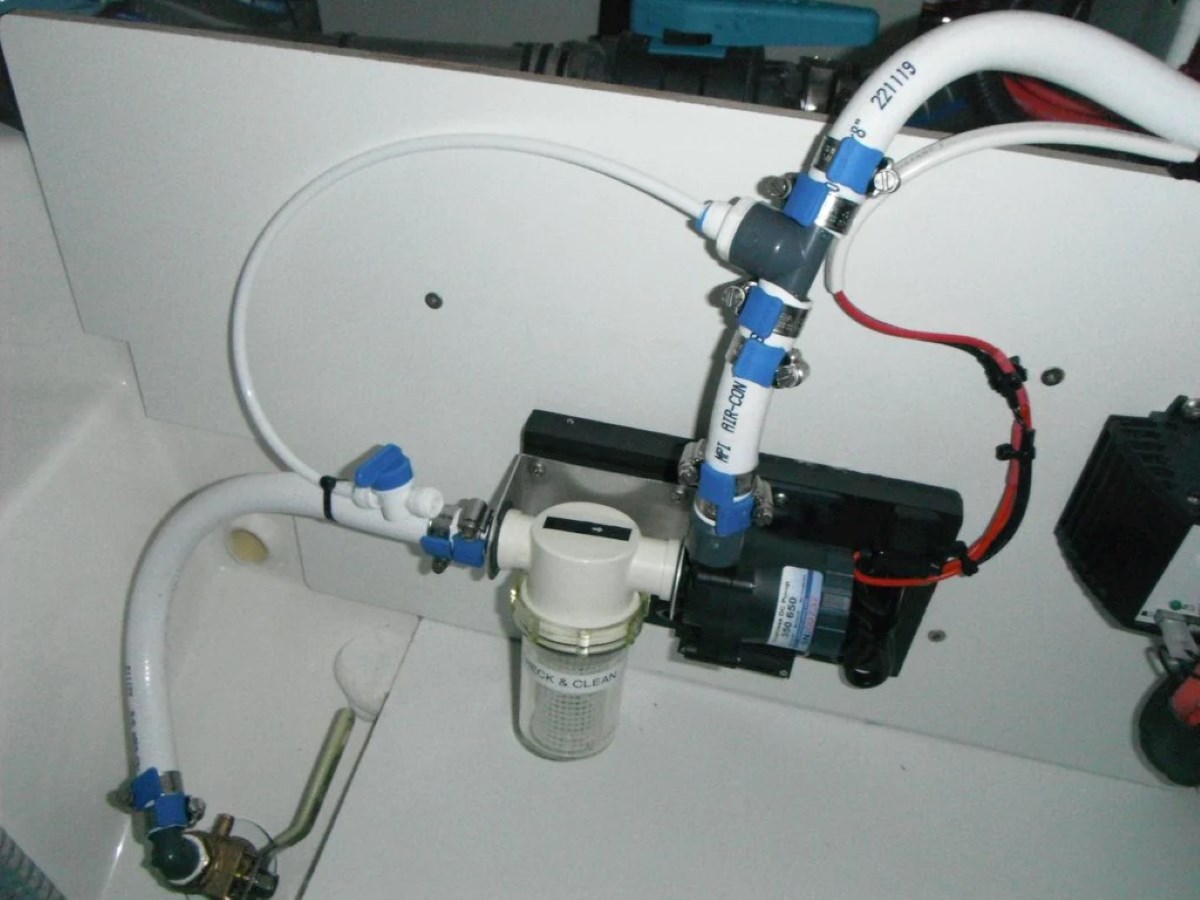
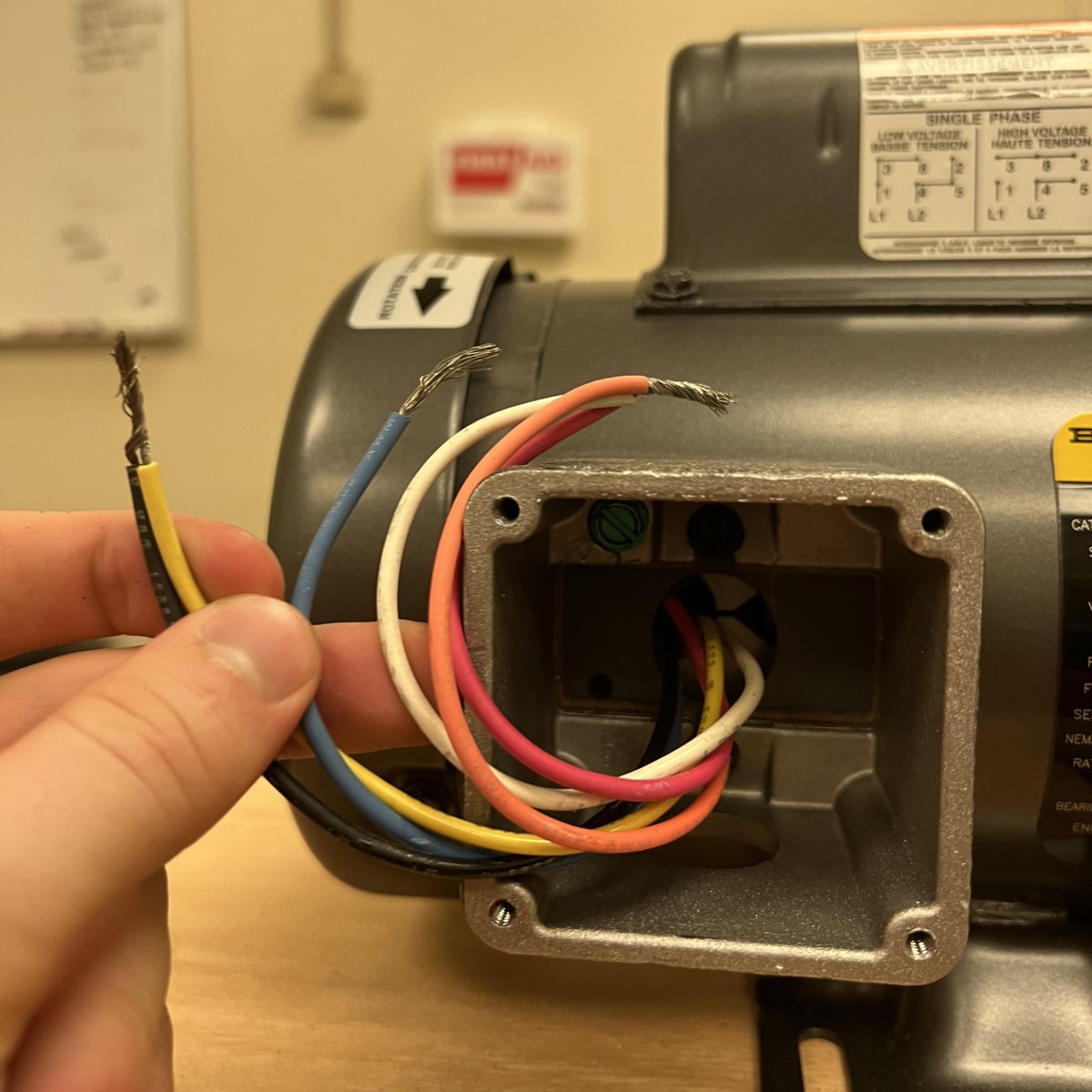
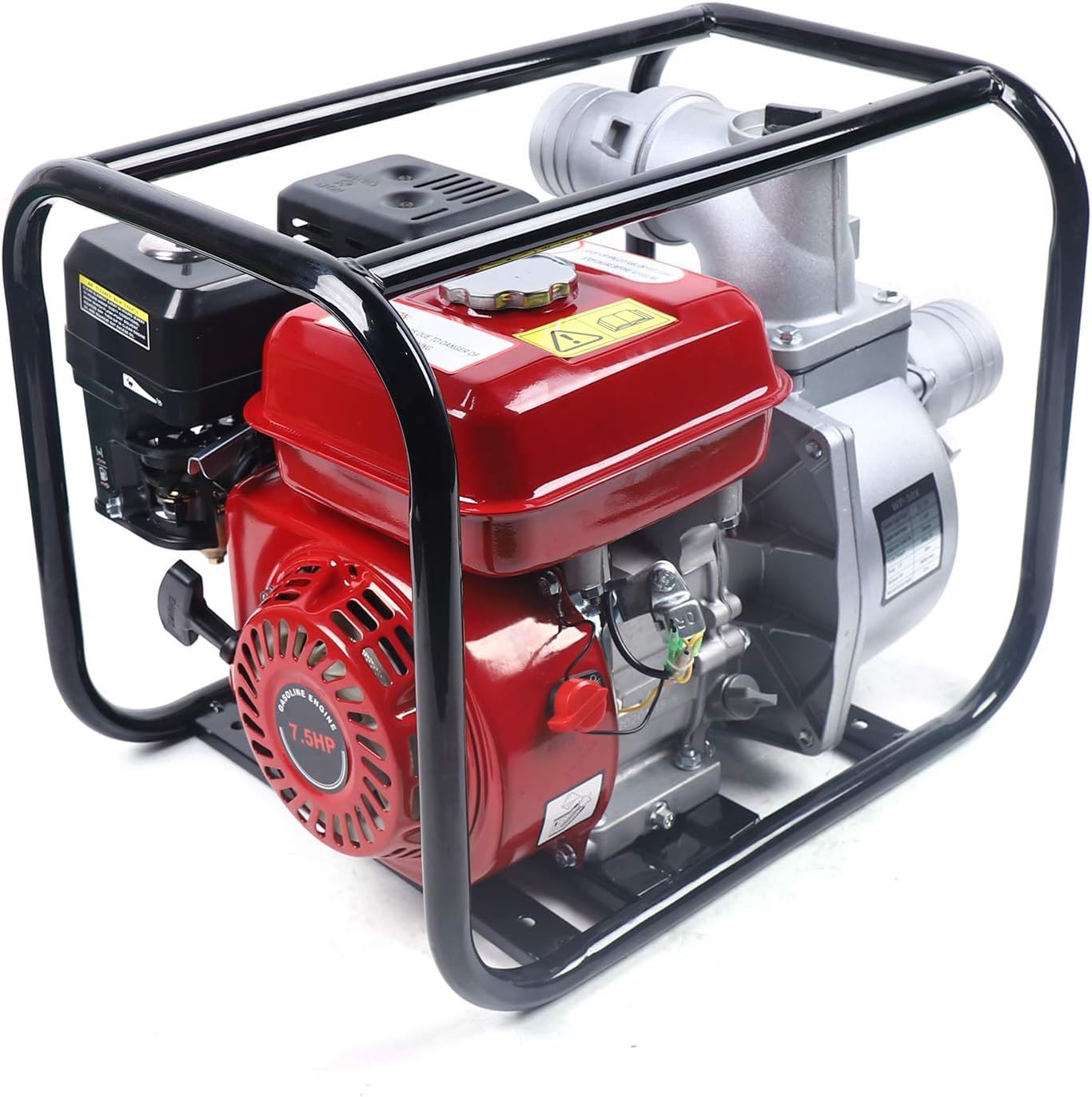
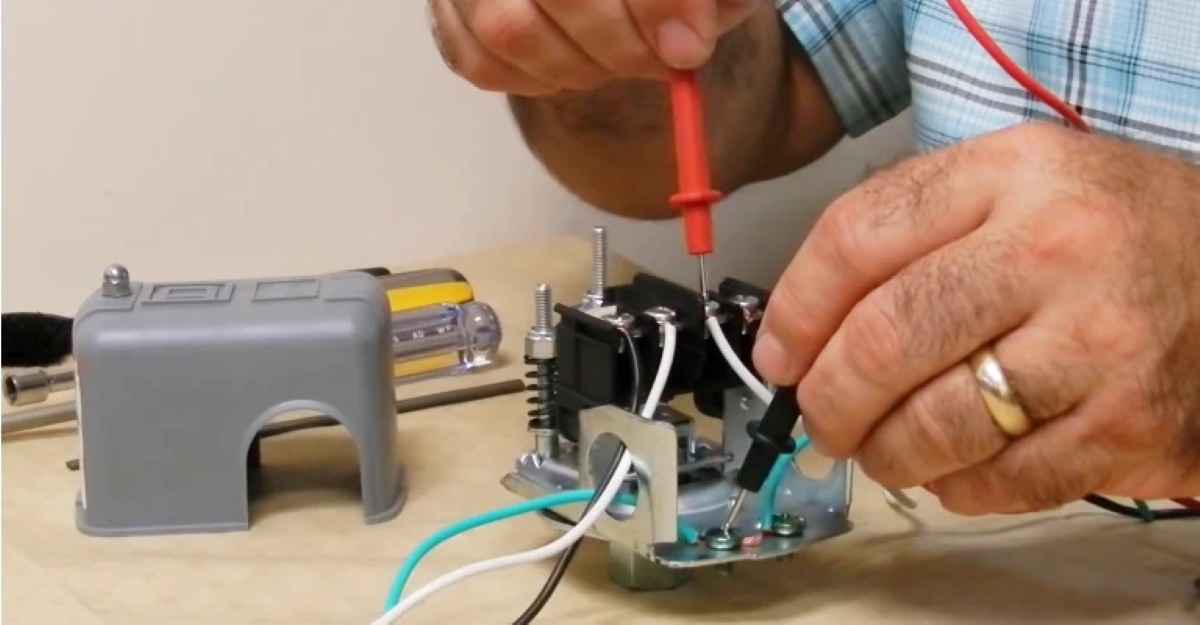
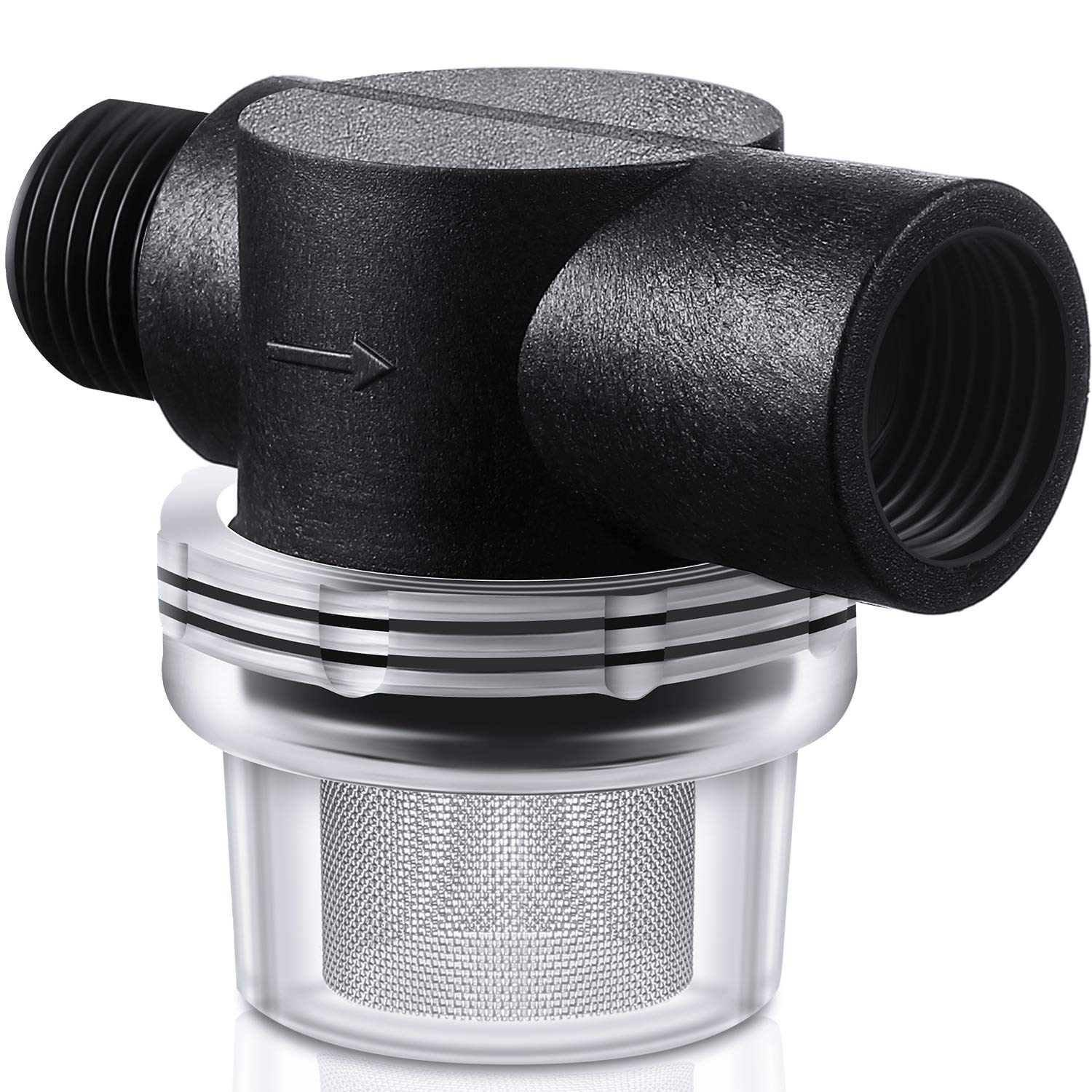
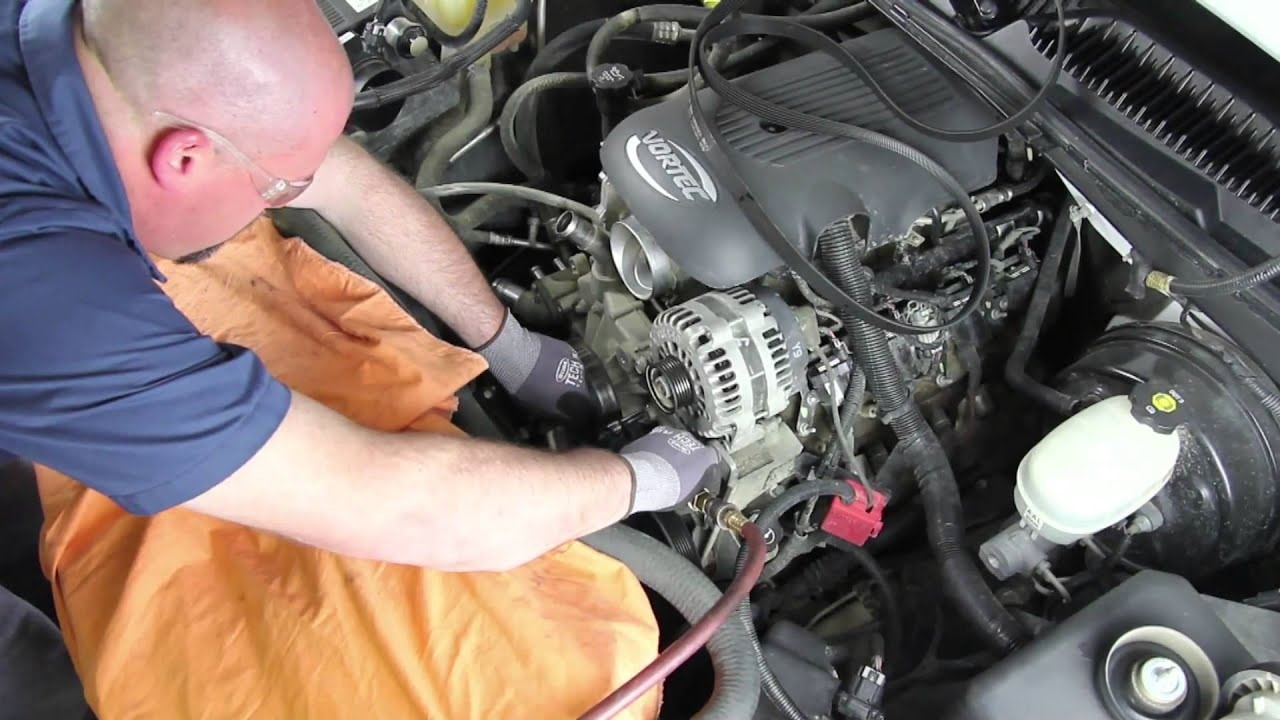

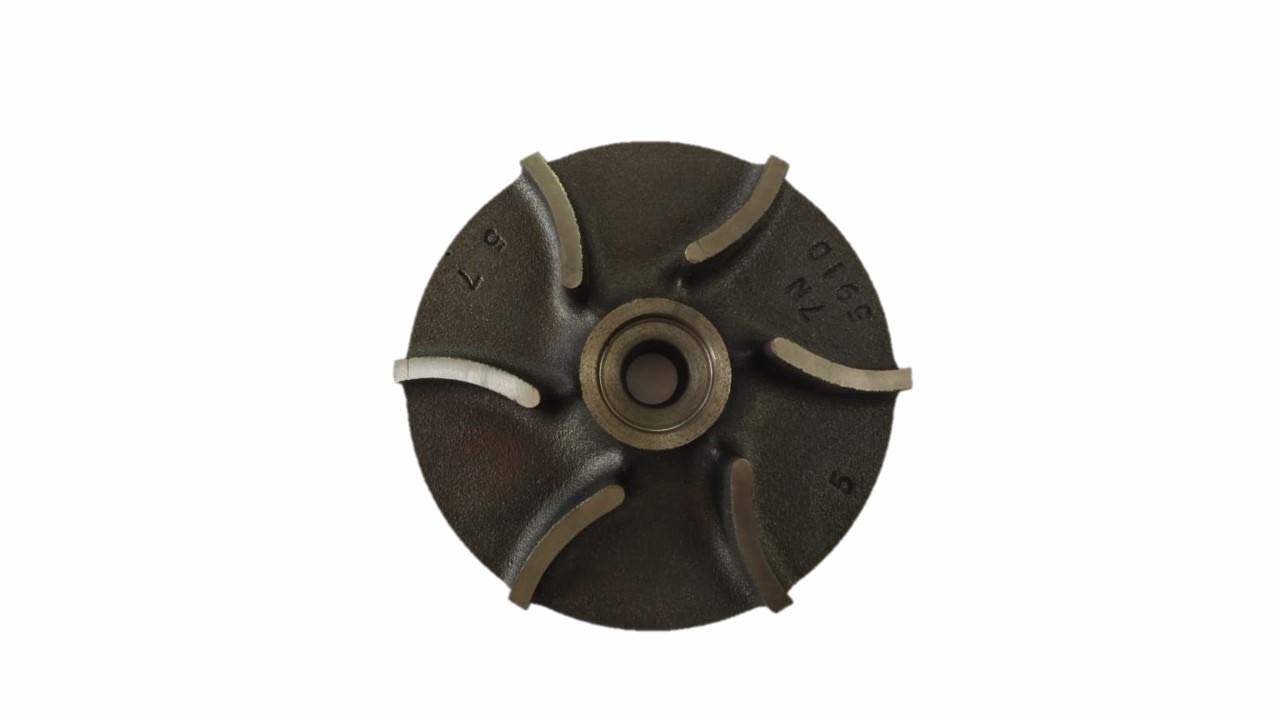
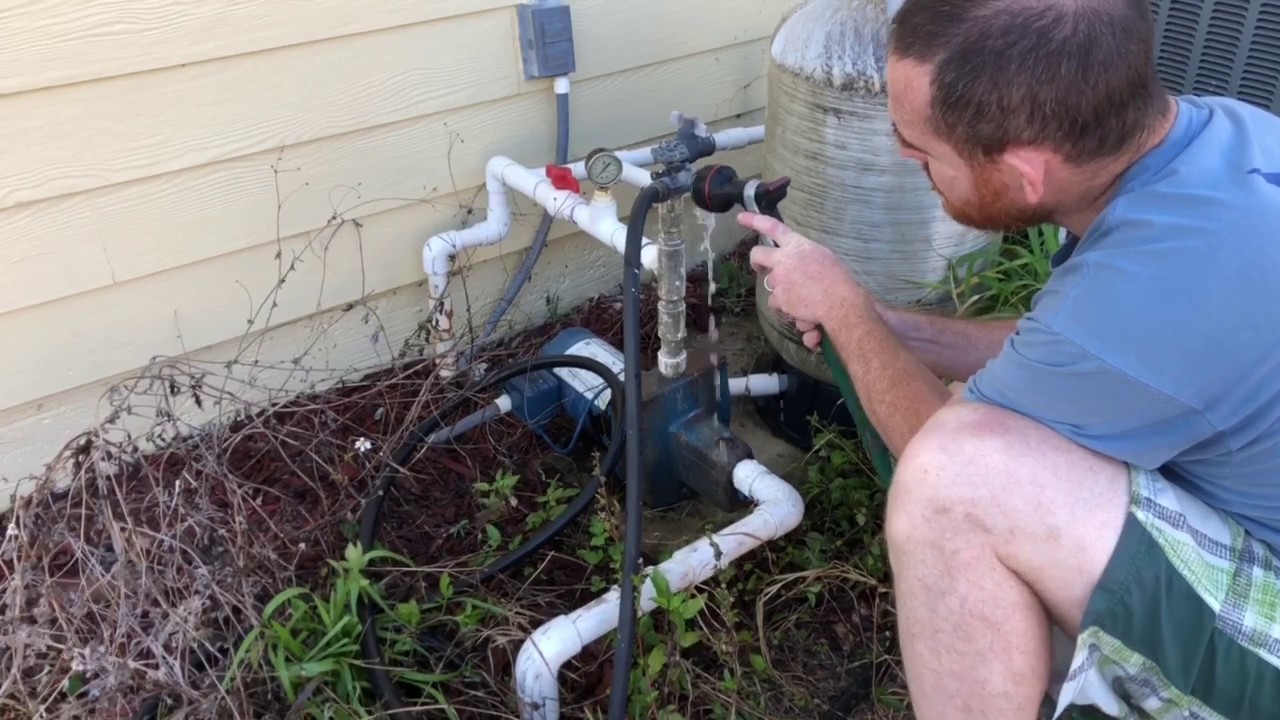

0 thoughts on “How To Reduce Water Pump Flow”